Stories about weapons. Anti-aircraft artillery complex С-60
Probably, it was somewhat incorrect to lay out the ZSU-57-2 before C-60, but that’s what happened. Meanwhile, C-60 is still the beginning, and ZSU-57 is the ending stories. Well, so forgiven the author is.
So, the progress of all military equipment during the Second World War set in motion the design mechanisms of all countries. And first of all, those who were responsible for air defense. I think few people will argue what exactly aviation took not just a step forward, it was a leap. Having started the war with biplanes, some participating countries ended the war with actually ready-made jet aircraft. But the Germans and Japanese even managed to even apply them.
Headache for air defense was becoming more real.
After all, in order to shoot down a target flying at high altitude with artillery anti-aircraft fire, it is necessary to saturate the sky in front of it with a large number of shells. Perhaps yes hook at least one. Normal practice of the time. So, anti-aircraft machines of medium and small calibers. At a high altitude, everything is somewhat different; there, on the contrary, large-caliber anti-aircraft guns exhibited a barrage, the shells of which produced a large number of fragments.
But now it’s not about them.
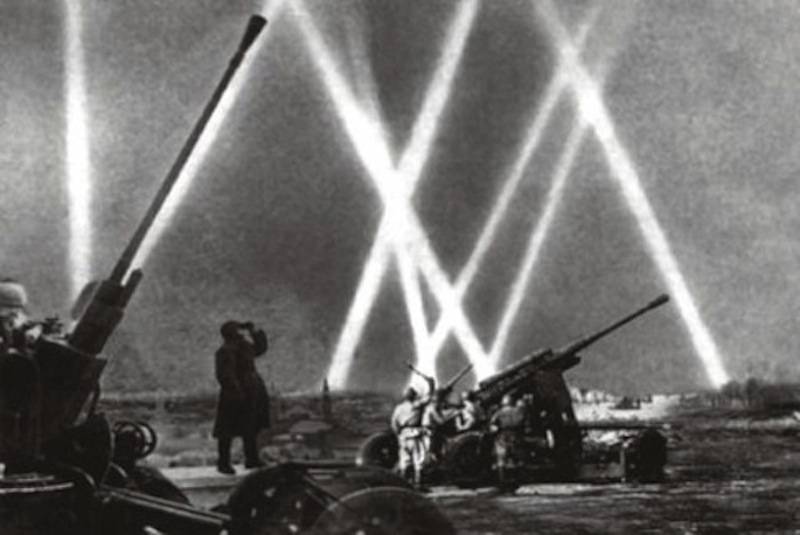
During World War II, the weapons of the belligerent countries consisted of small-caliber automatic guns with magazine-fed power up to 40 mm. Enough with a vengeance. After the war, when both the height and the speed of the aircraft grew, and even the armor appeared, it became clear that something had to be changed.
This is well understood in the USSR.
The assignment that the designers received was “a secret”. The new gun was supposed to be able to inflict damage in the air to a well-armored and fast bomber (the sample that was available to the B-29 was taken) and on the ground to the medium tank. For the model of the tank was adopted "Sherman". Everything is clear, everything is available.
If we are talking about tanks, it is not surprising that the experienced designers of the Grabin Design Bureau won the competition between the three design bureaus. Just working on the ideas of the anti-tank gun 57-mm, whose history is known. Punched everything.
And TsACB under the leadership of Vasily Grabin soon presented the project of Lev Loktev. Theoretical calculations made by Mikhail Loginov.
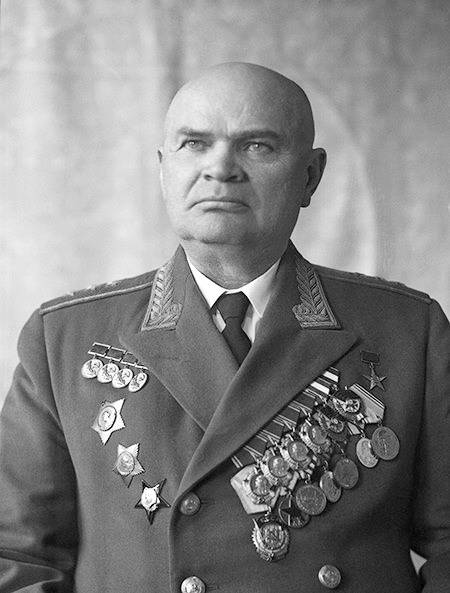
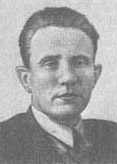
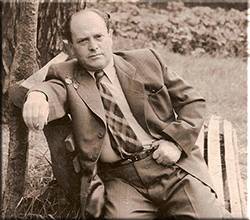
In 1946, the gun was submitted to the state commission, then there was a period of treatment of childhood diseases and improvements, and in 1950, under the designation “57-mm anti-aircraft automatic gun AZP-57” the gun was adopted. Serial production was carried out at the plant number XXUMX in Krasnoyarsk.
The new gun was supposed to replace the 37-mm anti-aircraft gun 61-K, which was a rather unsuccessful design, and physically and morally obsolete, and did not meet the requirements imposed by modern small-caliber anti-aircraft artillery.
The C-60 complex, which included the 57-mm anti-aircraft gun ARP-57, included an anti-aircraft gun installed on a towed platform and a fire control system of automatic and semi-automatic type.
In general, it was a good breakthrough.
With-60 "lucky", almost immediately the complex was tested in the run-in during the Korean War. Significant deficiencies in the ammunition supply system were identified, which were urgently corrected, since the ability to work in the military was not forgotten. There were no complaints about the guidance systems.
Thus began the military service of the C-60.
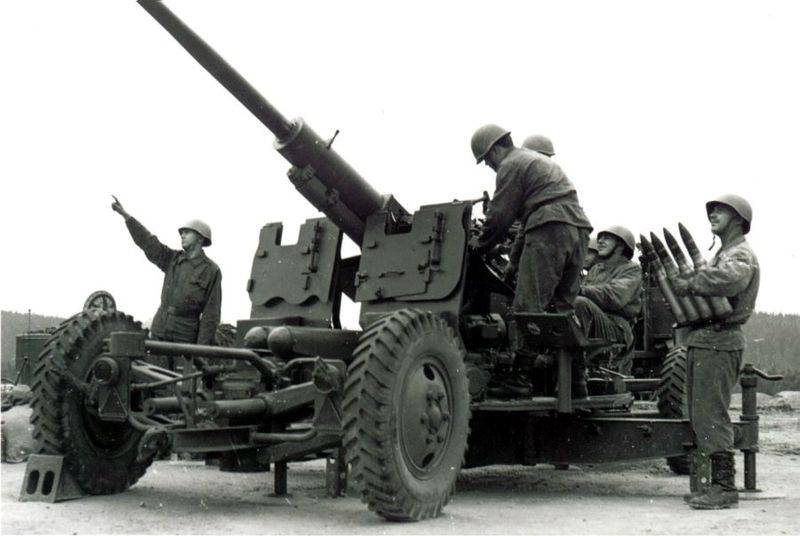
The complex, that is, "went." It was supplied to our “allies” in the Department of Internal Affairs, bought by those who could pay and gave to African followers of communist ideas just like that.
Of the more than thousands of 5 issued by C-60, the lion’s share has gone abroad. And in some countries it is still in service.
Naturally, the C-60 cannons took part in all imaginable and inconceivable conflicts of the second half of the 20 century in Africa, Asia and the Middle East.
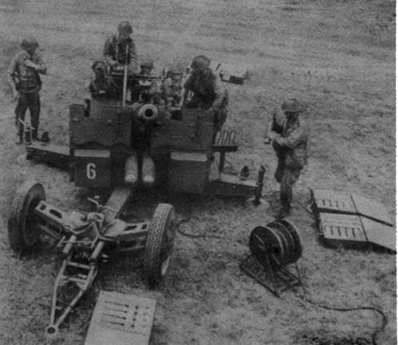
Automation AZP-57 is based on recoil with a short course of the trunk. Piston-type lock, sliding, return due to hydraulic and spring shock absorbers. The power supply from the store on the 4 cartridge.
The barrel length 4850 mm to reduce the power of the recoil was supplied with a single-chamber muzzle brake of reactive type. Air cooling, when the barrel is heated above 400 degrees Celsius, forced cooling, the equipment for which is included in the spare parts of the gun.
There was a marine version of the gun, AK-725. She was distinguished by the presence of forced water cooling using seawater.
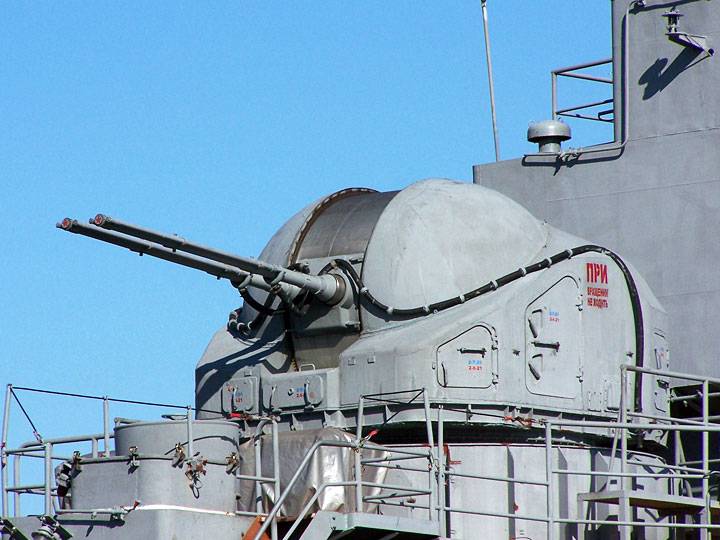
For transportation of the C-60 complex, a four-wheeled platform with torsional depreciation is provided. For the chassis used wheels type ZIS-5, with the filling of tires with spongy rubber. The towing speed of the platform 25 km / h on the ground, to 60 km / h on the highway.
An army truck (6х6) or an artillery tractor is used for towing.
The weight of the complex is about 4,8 tons in the stowed position. The transfer of the system from the combat position to the traveling one, according to the standards, takes 2 minutes.
To aim the AZP-57 complex, a vector semi-automatic sight is used. The targeting of guns included in the anti-aircraft complex was carried out by several methods:
- automatically, using information from PUAZO;
- in the semi-automatic mode, in this case information from the sight ESP-57 is used;
- indicator, manually.
For the normal functioning of the C-60 complex, it was necessary to bring the battery from 6-8 guns into a single system with a short to PUAZO (anti-aircraft fire control device) or SON-9 (gun-landing station). Calculation tools 6-8 people.
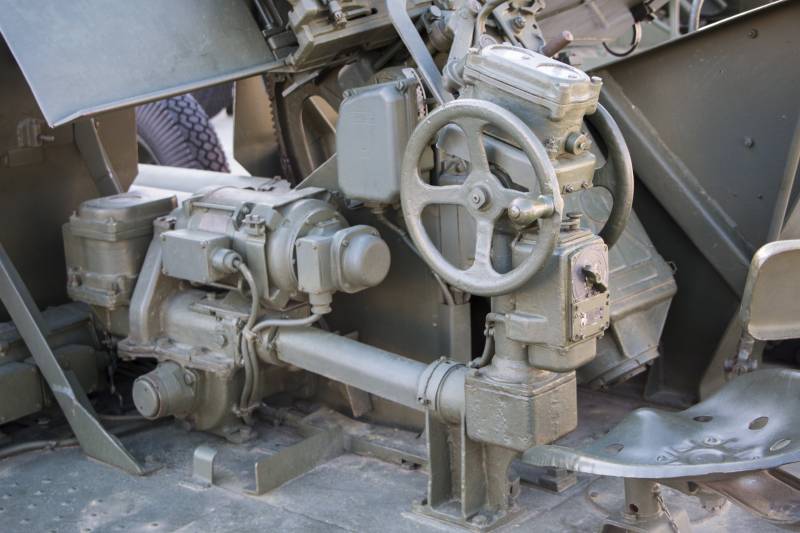
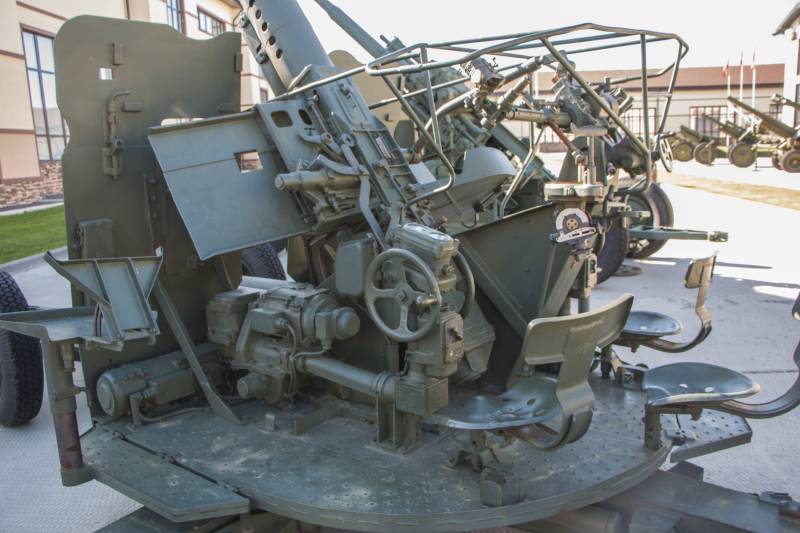
[center] Tubular frame for canvas awning. The canopy protected the gunners from the sun and at the same time from fragments that inevitably fell from the sky when firing at high angles of elevation.
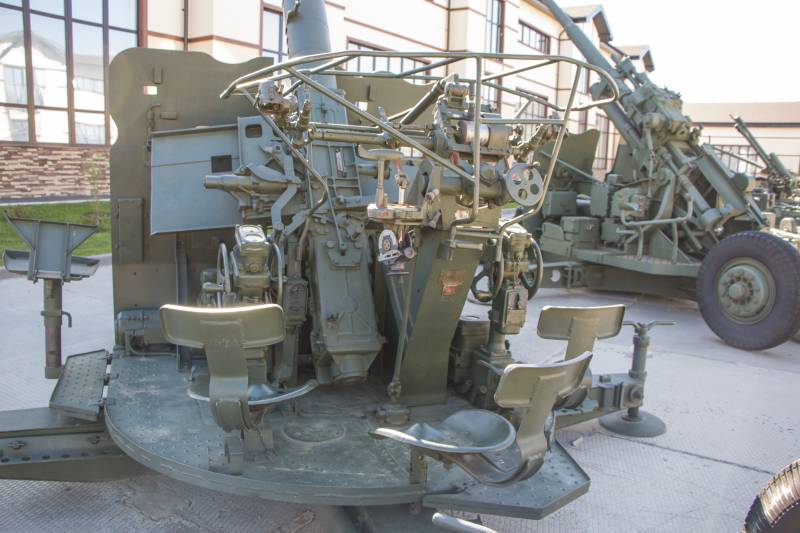
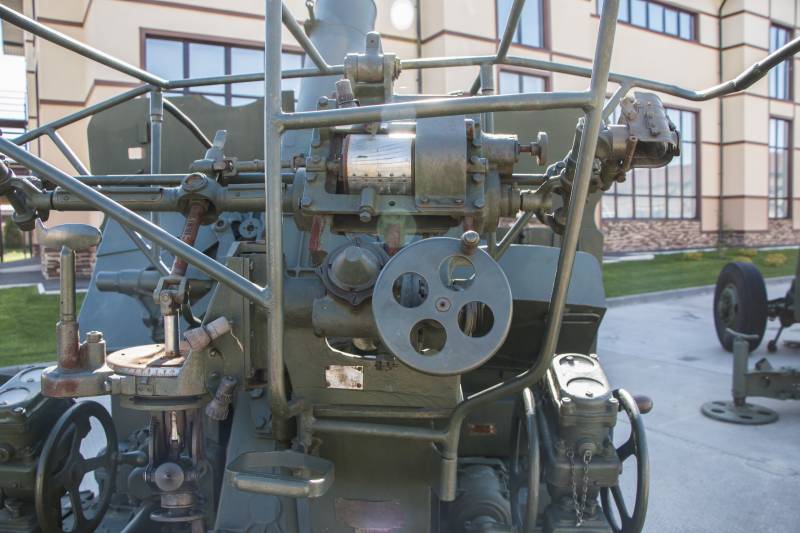
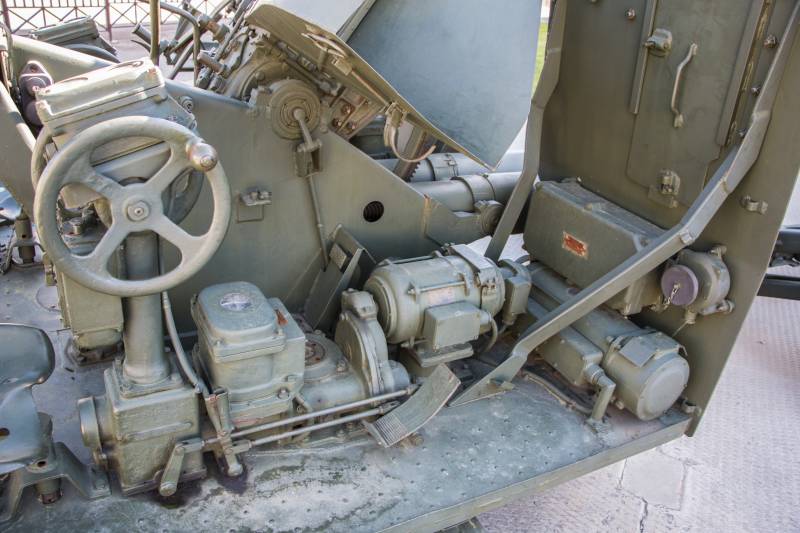
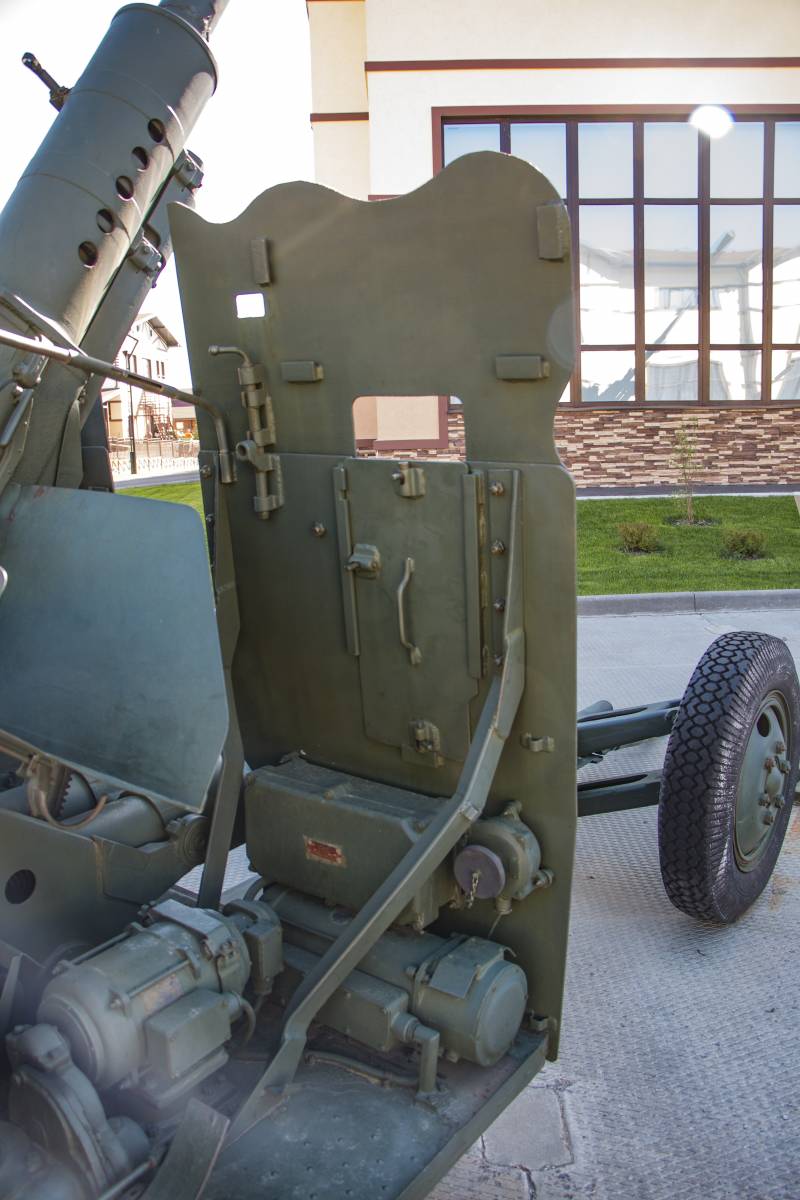
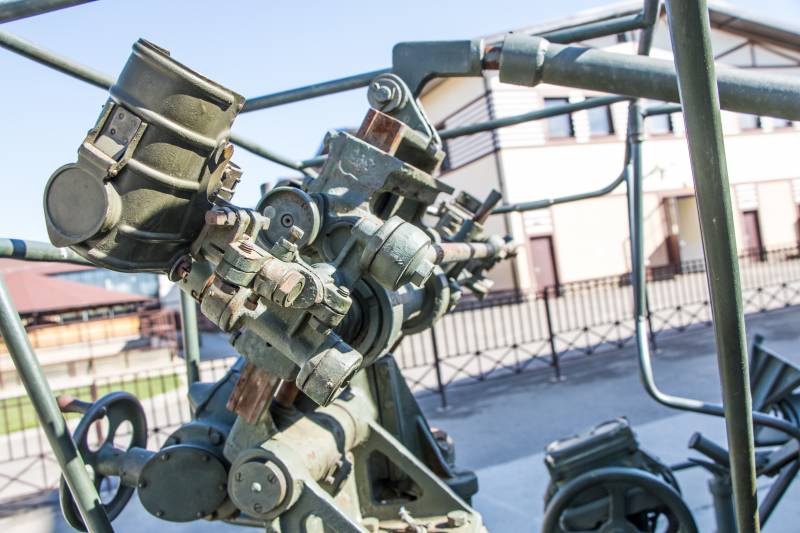
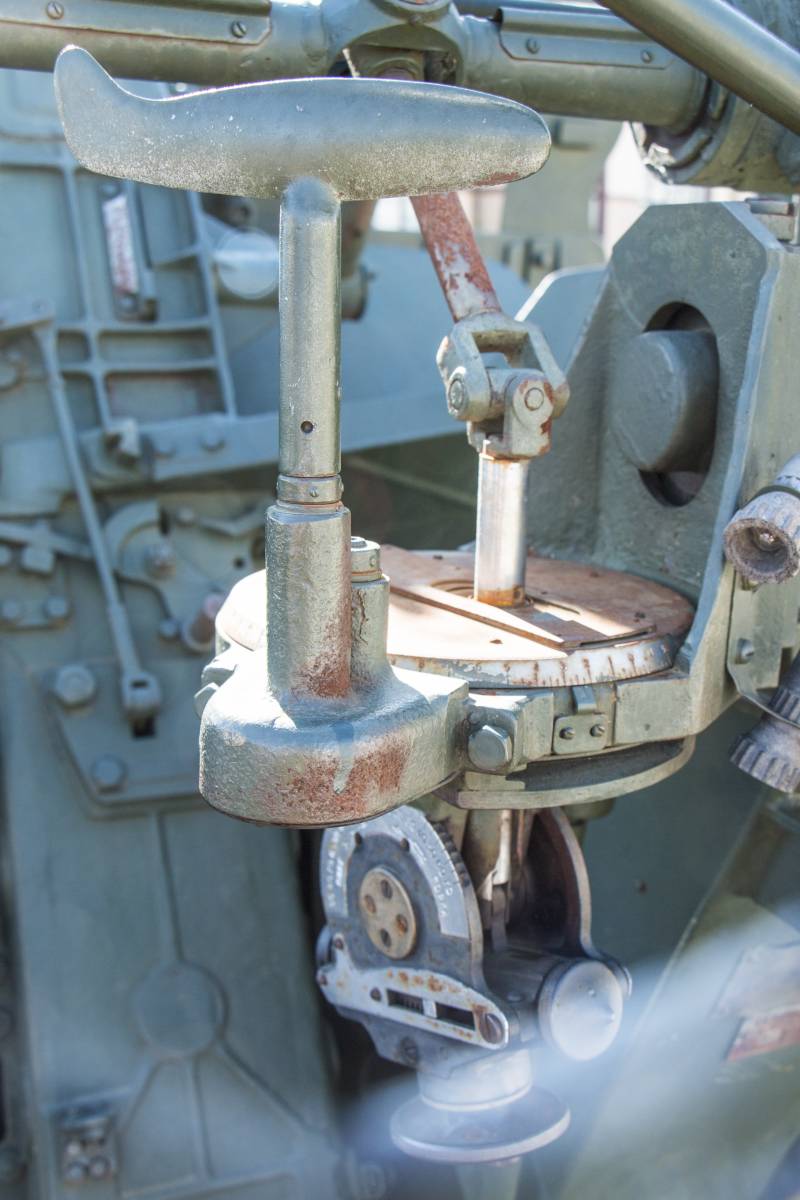
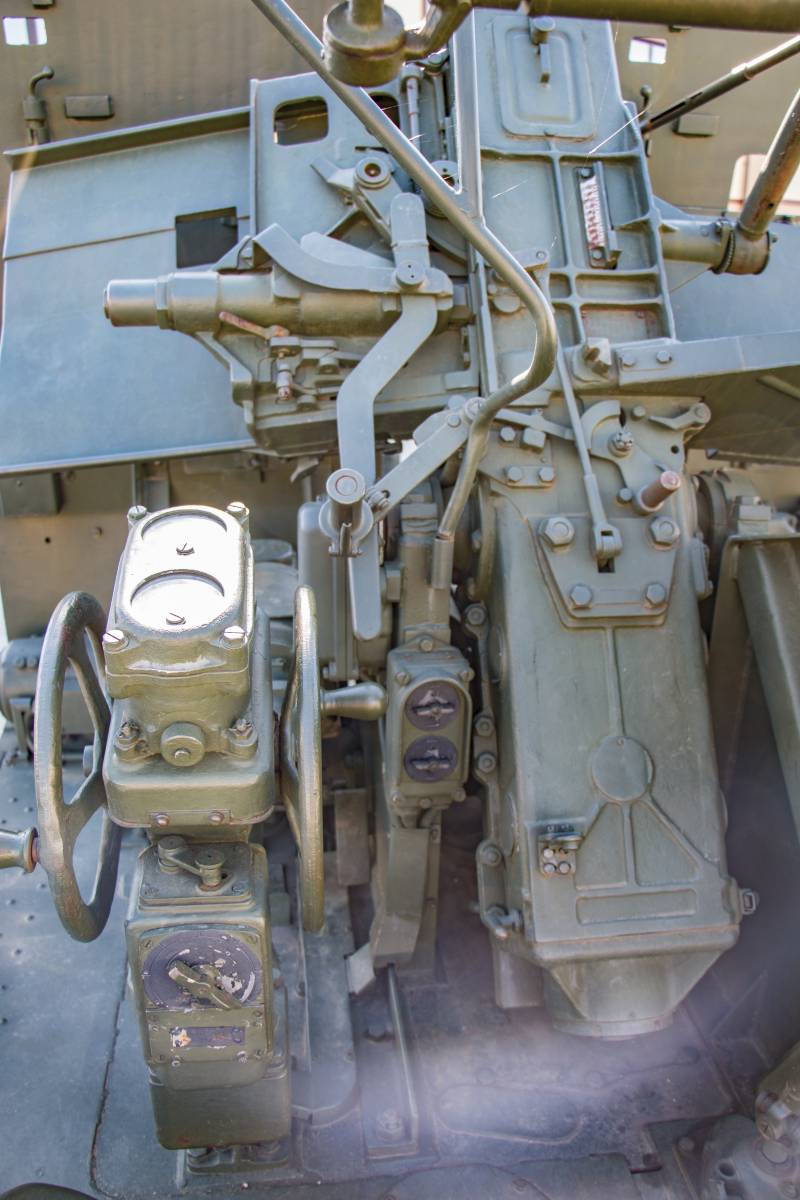
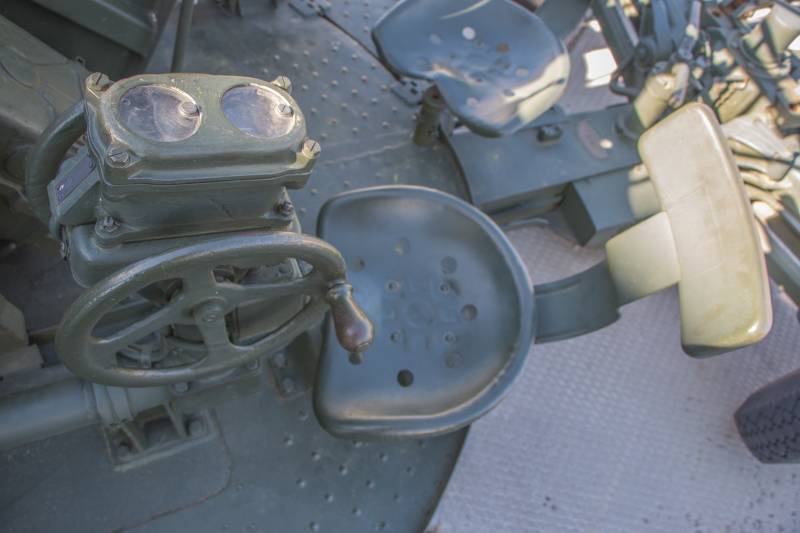
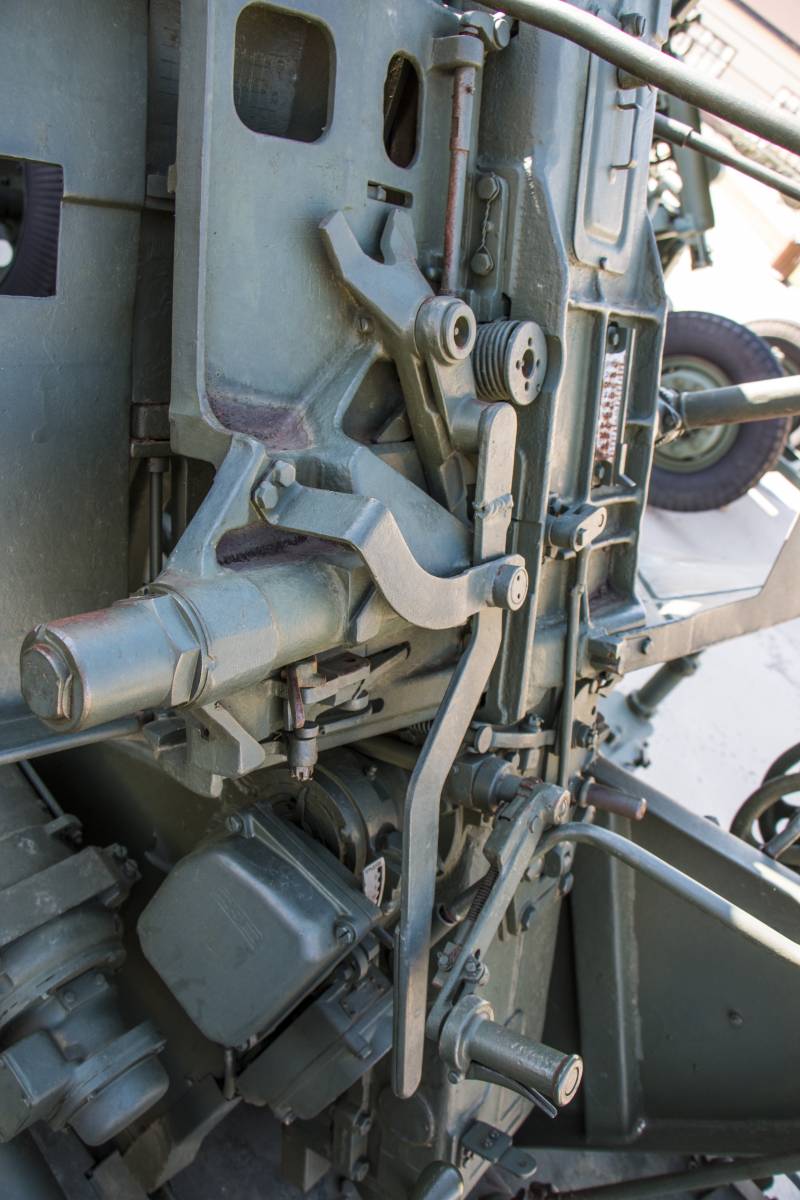
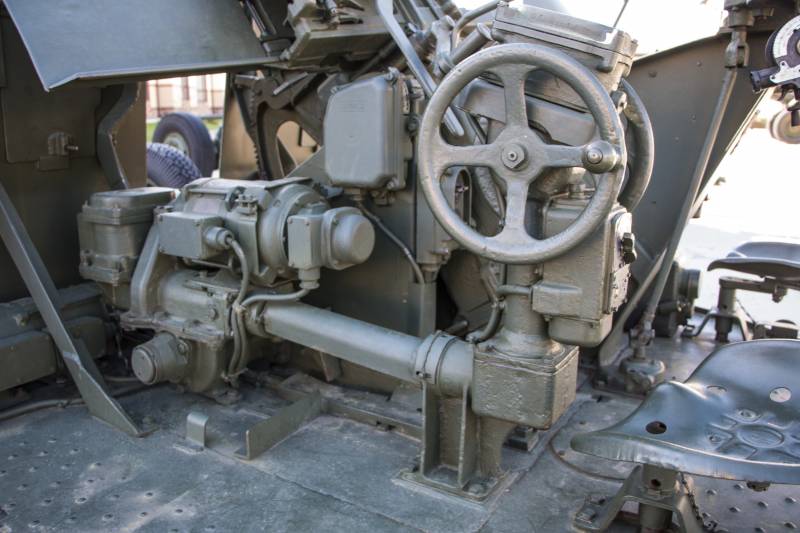 [/ Center]
[/ Center]And here, in principle, the sunset of the towed charger began. With excellent ballistic characteristics, C-60 could not defend troops on the march. And, as we have already concluded in the article about the ZSU-57, the column on the march without air defense is a gift to the enemy. And to transfer the system into combat mode, it took time to deploy the guns, deploy the control system and deliver ammunition.
While inferior in the artillery system characteristics of the likely enemy, they were initially on a self-propelled chassis, which significantly accelerated the time of their combat deployment. This ultimately led to the decommissioning and transfer to the C-60 reserve.
It’s not that ZSU-57 became a panacea, or enemy complexes were better, no. The "probable" was all the same. The dimensions of the electronics of those years did not allow to build everything on one chassis, so everyone had a choice: mobile, but "slanting" self-propelled ZSU, or accurate memory with automatic guidance, but with a long deployment time.
We won the first. And there we came and “Shilka”.
The depth of the use of weapons in depth was up to 6 km, with an armor-piercing or fragmentation projectile, this was a fairly effective means of defeating light armored vehicles and enemy manpower.
The mass of an 57-mm projectile is about 2,8 kg, the technical rate of fire is about 60-70 rounds per minute.
In general, the gun turned out ... however, and when Grabin did not get guns?
Interestingly, today the relevance of the ARQ-57 is still there. More and more talk is going on the fact that the caliber of 30-mm on lightly armored vehicles such as the BTR and the BMP is beginning to not cope with its tasks. And we must go further, in the direction of 45-mm.
Meanwhile, in the 90 of the last century, an attempt was made to modernize this remarkable instrument. A uninhabited module was developed for installation on AU220M armored vehicles, but this module is not currently adopted, as the military considered that 30-mm automatic guns were enough for their targets on the BMP.
While enough, we note. What will happen when heavy BMPs and BMPTs, weighing from 40 tons and with armor that the 30-mm projectile does not take, still appear on the scene, you can predict.
When the old corn hurts, they remember the old boot. So, for AZP-57, everything is not yet complete and it's too early for scrap. And the module may well be useful.
After all, do not even have to invent anything new. Clips on 4-5 shells are few? But for the AK-725 a tape power system was developed.
New is sometimes just a well forgotten old.
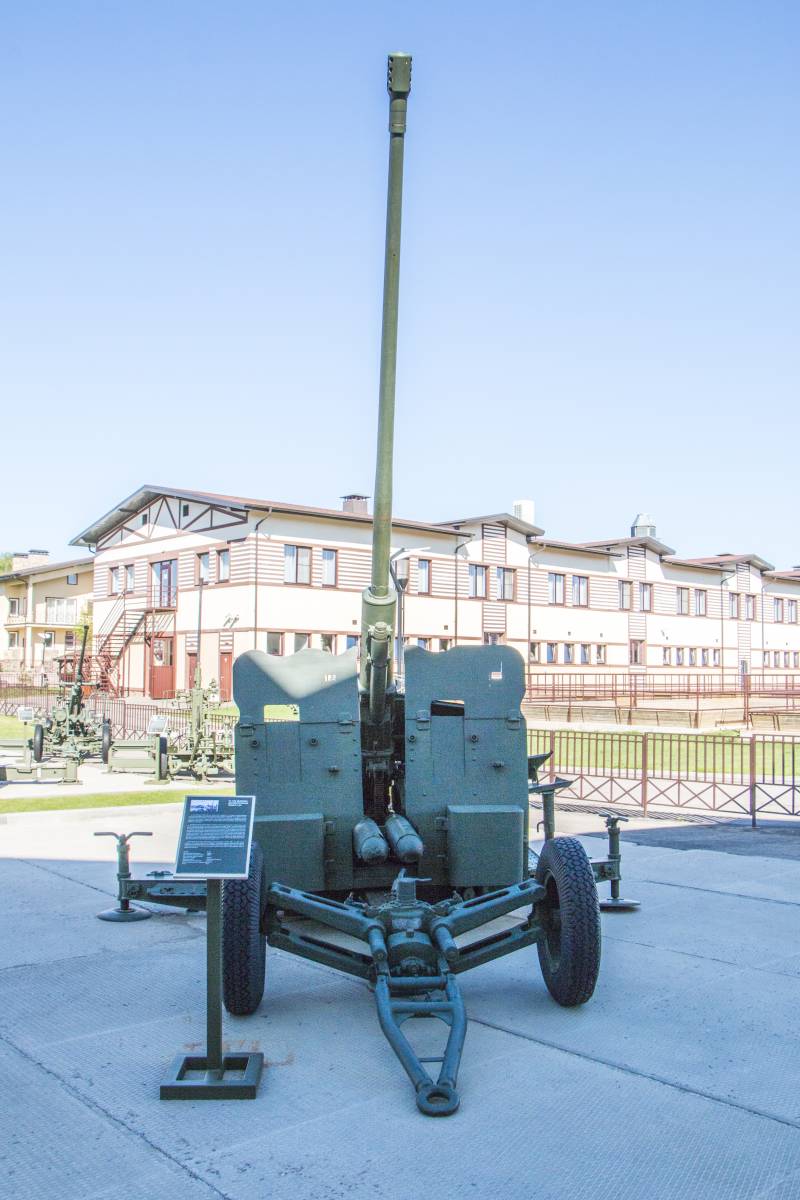
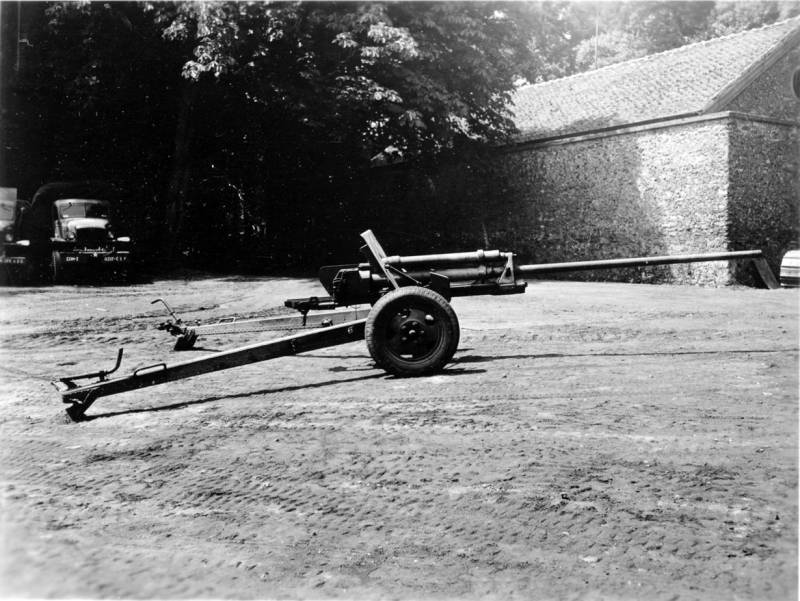
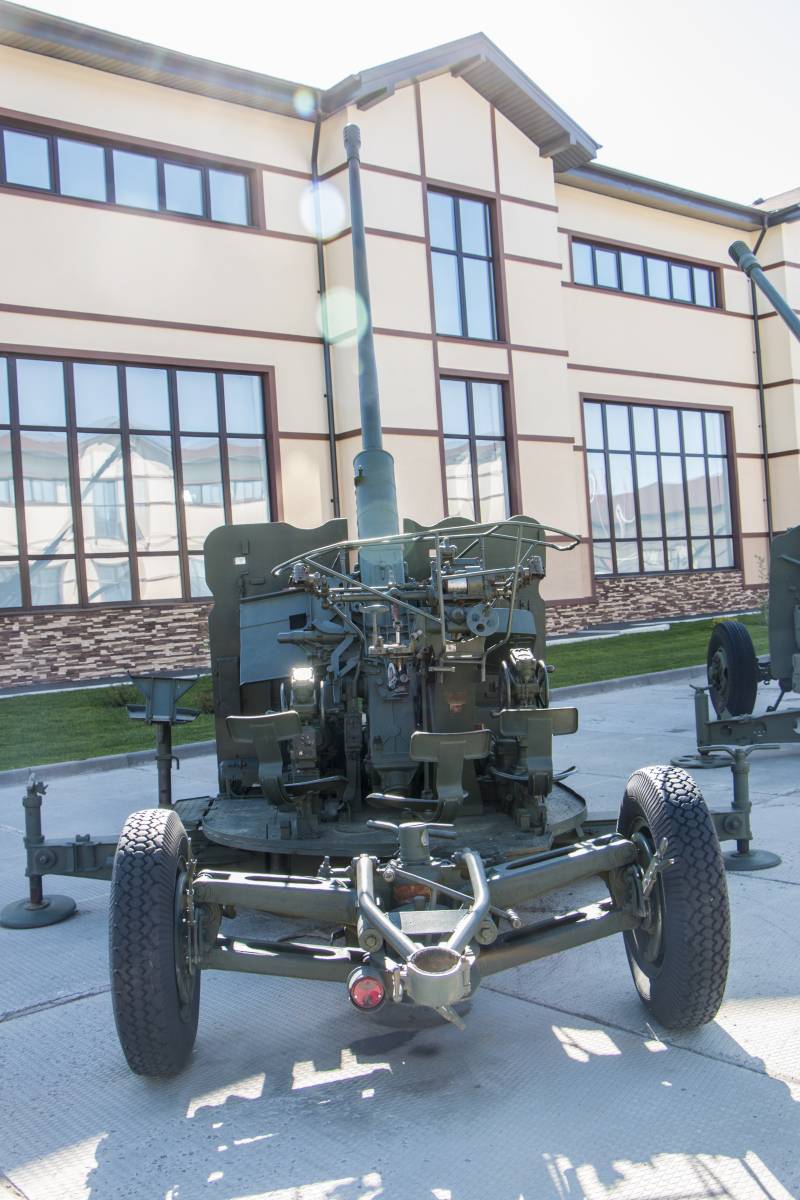
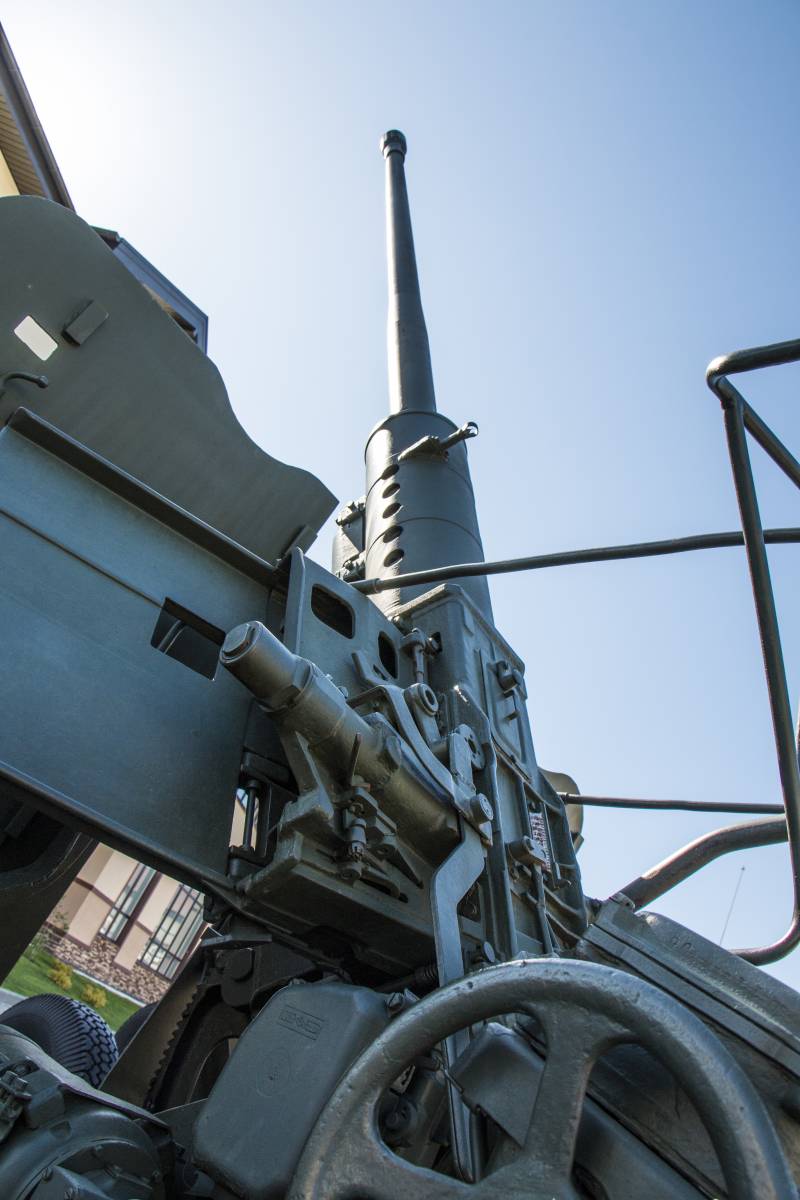
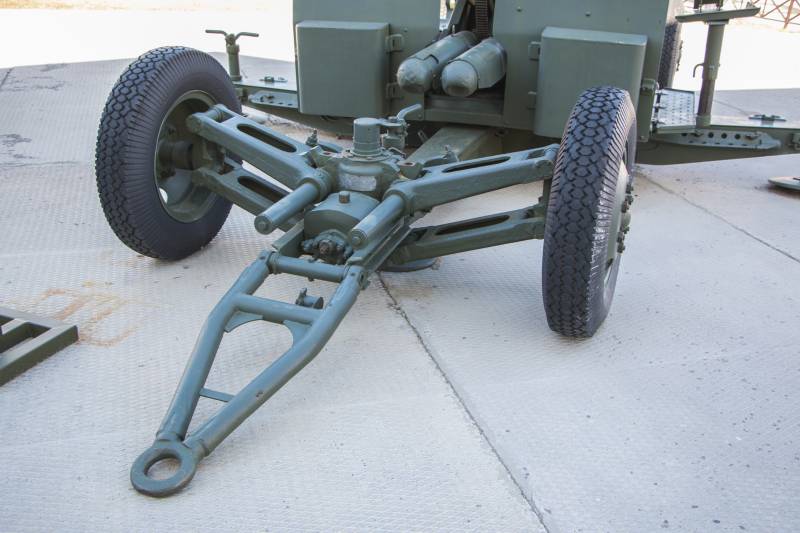
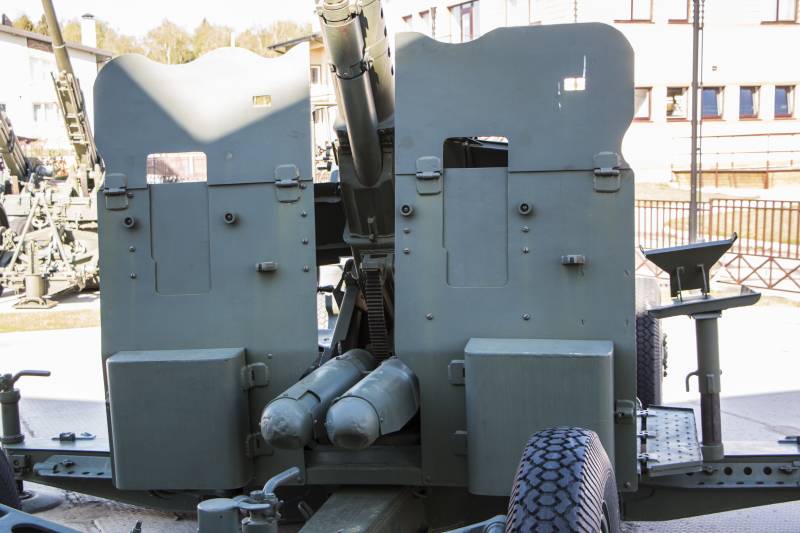
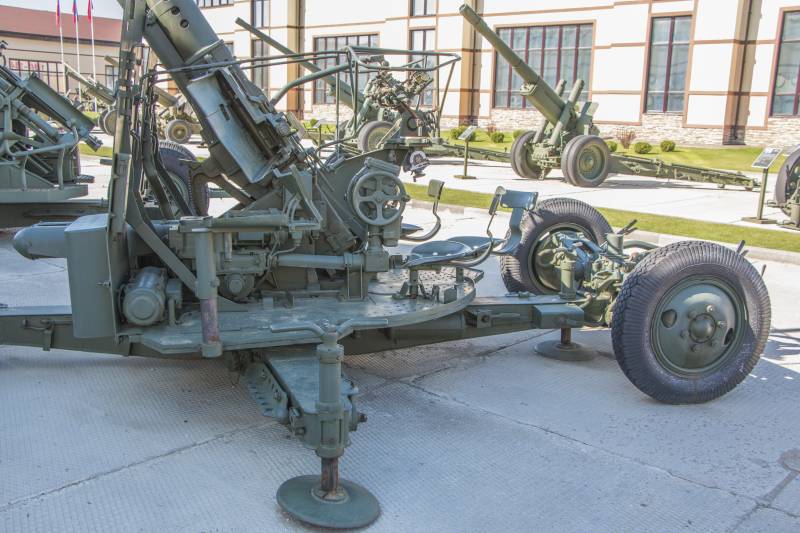
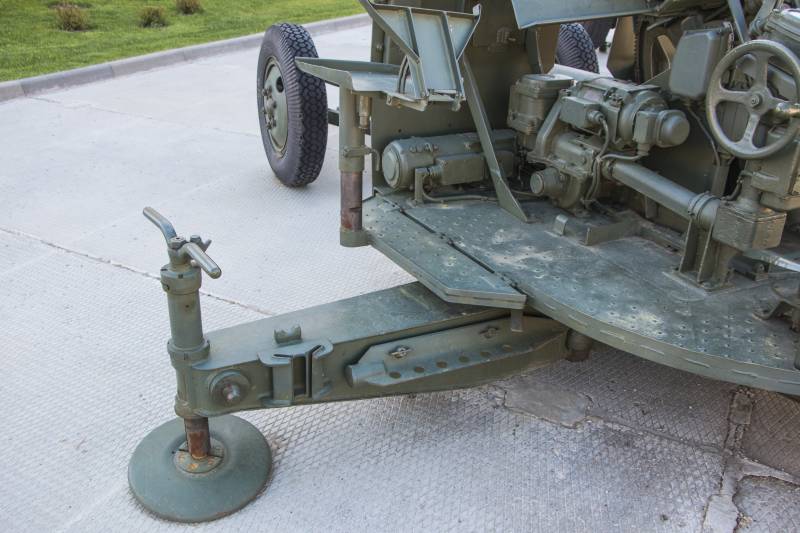
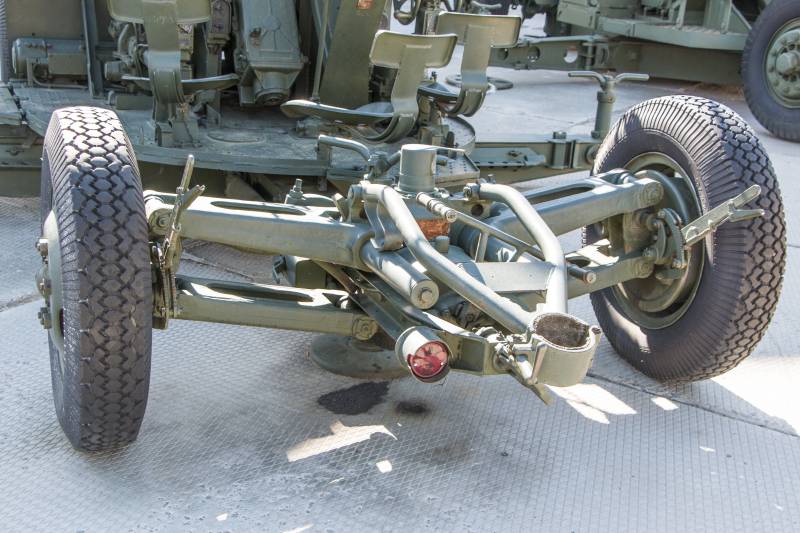
Information